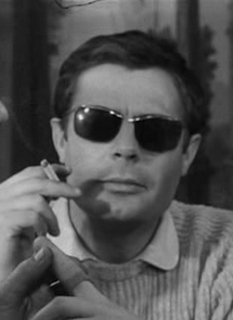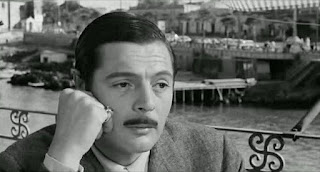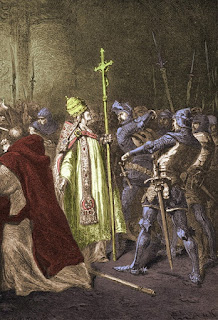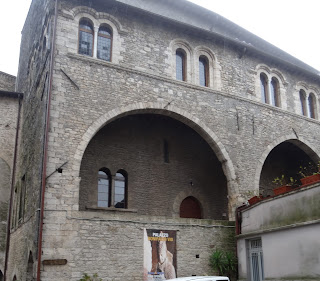Totò fan became maestro of commedia all’italiana
 |
| Nino Manfredi made more than 100 films in the course of his career |
Manfredi made more than 100 movies, often playing marginalised working-class figures in the bittersweet comedies that characterised the genre, which frequently tackled important social issues and poked irreverent fun at some of the more absurd aspects of Italian life, in particular the suffocating influence of the church.
He was a favourite of directors such as Dino Risi, Luigi Comencini, Ettore Scola and Franco Brusati, who directed him in the award-winning Pane and cioccolata (Bread and Chocolate), which evoked the tragicomic existence of immigrant workers and was considered one of his finest performances.
It helped him fulfil his dream of following in the footsteps of his boyhood idol Totò, the Neapolitan comic actor whose eccentric characters took enormous liberties in mocking Italian institutions, and to be spoken off in the company of Ugo Tognazzi, Vittorio Gassman and Alberto Sordi as a true maestro of commedia all’italiana.
Manfredi had a tough time in his childhood. Born into a farming family in the Ciociaria region south of Rome, he was uprooted to live in the capital at a young age after his father, a public safety officer, won a promotion.
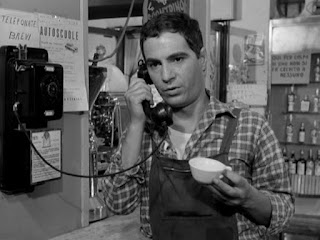 |
| Manfredi in a comedy called, in English, Fiasco in Milan, which also starred Vittorio Gassman and Claudia Cardinale |
It was while in the sanatorium that he began performing with a musical group and set his heart on a career on the stage, much to the dismay of his father, who wanted him to be a lawyer. He became fascinated with the cinema and when he left hospital he enrolled himself at the National Academy of Dramatic Arts in Rome, although he acceded to his father’s wishes and studied law at the same time.
In the event, he passed his exams in both, despite the difficulties imposed by Italy being at war. In fact, he and Dante spent many months hiding in the mountains in Ciociaria to avoid conscription.
Making his way in theatre, Manfredi appeared in serious dramas and musicals, including a spell in a company in Milan in which he appeared in plays by Pirandello, Chekhov, Ibsen and Shakespeare until he tired of the lack of laughter, bursting as he was to perform comedy.
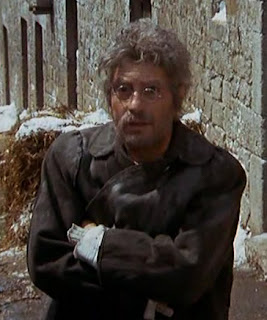 |
| Manfredi played the puppet-maker Geppetto in Luigi Comencini's acclaimed TV version of Pinocchio |
The exposure this brought accelerated his movie career and from the second half of the 1960s he became an established star of commedia all’italiana. He directed for the first time in 1971 with the acclaimed Between Miracles (Per grazia ricevuta in Italian) which controversially explored a young man’s torment when sexual desires and the sacrifices of faith collide.
Manfredi continued to make films even after a minor stroke in 1993 left him with cognitive difficulties, his last role coming in 2002 in La luz prodigiosa, also known as The End of a Mystery, a film set in Spain that imagined that Federico Lorca, a poet murdered by Franco’s thugs, had survived.
The following year, Manfredi suffered two major strokes and died in 2004, aged 83. Married in 1955 to Erminia Ferrari, a model, he left a son, Luca and two daughters, Roberta and Giovanna, two of whom followed him into the entertainment business.
 |
| Castro dei Volsci sits on a hillside in Ciociaria |
Castro dei Volsci, which is situated some 25km (16 miles) southeast of Frosinone and about 105km (65 miles) from Rome, is a small town of less than 5,000 inhabitants that has been described as capturing the charm of Ciociaria. It has a hillside setting, with a network of steep, cobbled medieval streets and breathtaking views over the surrounding countryside of rolling hills and richly verdant valleys.
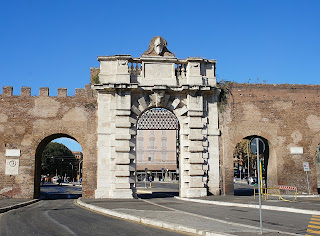 |
| The San Giovanni neighbourhood is the area around Porta San Giovanni, south of the centre of Rome |
San Giovanni is a neighbourhood of Rome southeast of the city centre, straddling the Via Appia Nuova, en route to the town of Frascati and the Castelli Romani. A combination of modern thoroughfares and the architectural features of the Renaissance, it is considered an authentically Roman neighbourhood and one that is becoming popular with visitors looking for an affordable part if the city in which to stay, without being too far from the main sights.
Search Tripadvisor for Rome hotels
More reading:
The comic genius of Alberto Sordi
How Dino Risi helped launch the career of Sophia Loren
Ugo Tognazzi: from a salami factory to stardom
Also on this day:
1837: The birth of the secret agent known as La Castiglione
1986: The death of the well-connected fraudster Michele Sindona
Home
More reading:
The comic genius of Alberto Sordi
How Dino Risi helped launch the career of Sophia Loren
Ugo Tognazzi: from a salami factory to stardom
Also on this day:
1837: The birth of the secret agent known as La Castiglione
1986: The death of the well-connected fraudster Michele Sindona
Home
